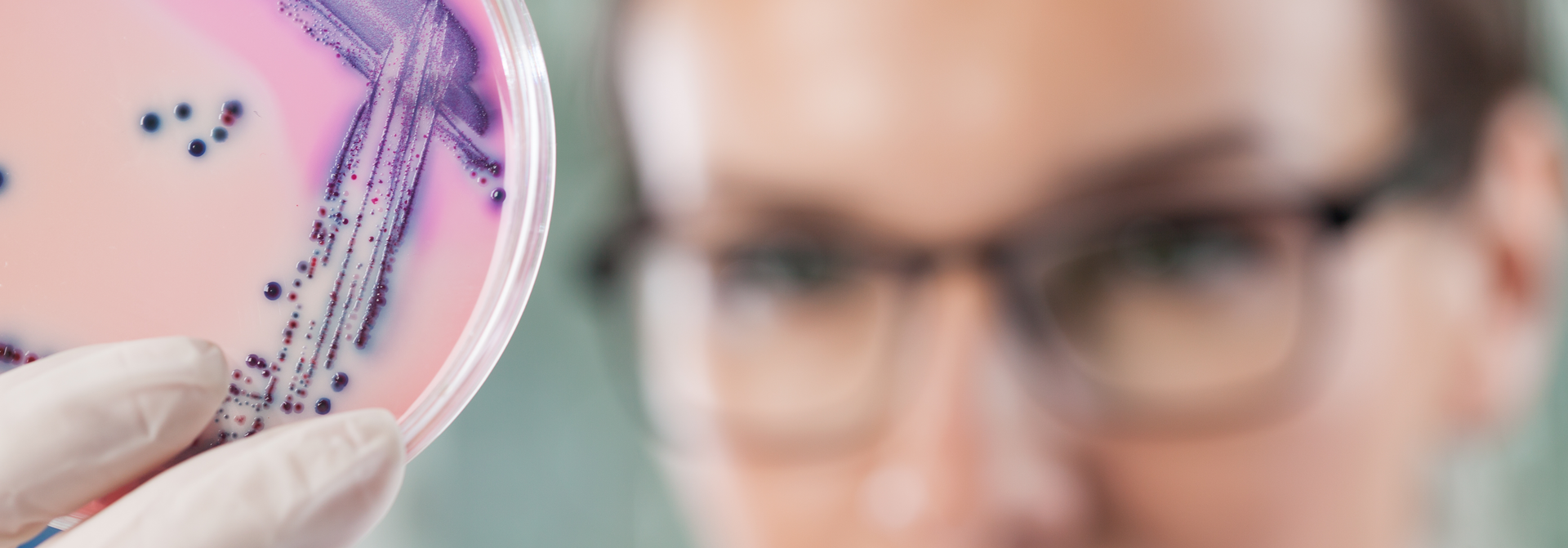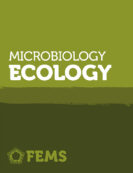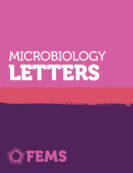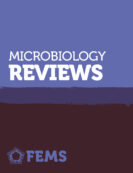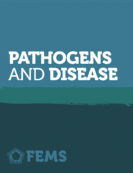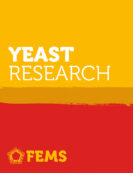Academy of Europe

The Academy of Europe was founded in 1988 and aims to advance excellence in scholarship in the humanities, law, the economic, social, and political sciences, mathematics, medicine, and all branches of natural and technological sciences anywhere in the world for the advancement of the education of the public of all ages across Europe. The Academy consists of leading experts from the physical sciences and technology, biological sciences and medicine, mathematics and cognitive sciences. Only the microbiologists from this wider academy are listed below.
| a-c | d-g | h-q | m-r | s-z |
| Arber, Werner Baltimore, David Bassi, Roberto Becker, Peter Bishop, John Cano, César Casselton, Lorna Chet, Ilan Coates, David Cossart, Pascale Coupland, George Crumpton, Michael |
Donachie, William Fenchel, Tom Fiers, Walter Fleckenstein, Bernhard Gallwitz, Dieter Giraldo, Rafael Glover, Lesley Graf, Thomas Grencis, Richard Grosschedl, Rudolf Guerrero, Ricard |
Hacker, Jörg Hausen, Harald Hay, Ronald Hopwood, David Jalkanen, Sirpa Jetten, Mike Kahmann, Regine Kamoun, Sophien Kärre, Klas Keller, Walter Klein, George Kondorosi, Èva Kornberg, Hans Lane, David Lengauer, Thomas |
Margarita, Salas Moissl-Eichinger, Christine Montecucco, Cesare Moretta, Lorenzo Natvig, Jacob Netea, Mihai Normark, Staffan Norrby, Erling Nurse, Paul O’Hare, Peter Oren, Moshe Otlewski, Jace Raspor, Peter Rey, Félix Rosswall, Thomas |
Salas, Margarita Sansonetti, Philippe Scherf, Artur Sharon, Nathan Sibuet, Myriam Steinmetz, Michael Steitz, Joan Stewart, William Suerbaum, Sebastian Svanborg, Catharina Sverdlov, Eugeny Talbot, Nicholas Thauer, Rudolf Trautner, Thomas Van der Eb, Alex Vanek, Zdenko Von Boehmer, Harald Vousden, Karen Weiss, Robin |
All but one of the FEMS journals are now fully open access (OA), with one journal, FEMS Microbiology Letters remaining a subscription journal with free-to-publish and OA options. Open access is key to supporting the FEMS mission of disseminating high quality research as widely as possible: when high quality, peer reviewed sound science is open access, anyone, anywhere in the world with an internet connection, can read it.
